TRENDS&INNOVATION
PDRN: Top Brands' Skin Recovery Formula
Backed by science, trusted in clinics—here’s why PDRN is more than just a passing trend.
Can’t find what you are looking for? Drop us an ‘Inquiry’ and we will reach out shortly!
InquiryTRENDS&INNOVATION
PDRN: Top Brands' Skin Recovery Formula
Backed by science, trusted in clinics—here’s why PDRN is more than just a passing trend.
In an industry overflowing with overused actives, PDRN is making waves—and for good reason. While hyaluronic acid is everywhere and retinol remains the gold standard for aging skin (with a side of irritation), PDRN offers something different: a fresh, science-backed alternative with real regenerative power and low irritation risk.
It’s already taken off in Korea’s aesthetic circles, and now it's making its way into skincare labs across the globe. For forward-thinking beauty brands, this could be the moment to take the lead.
What Exactly Is PDRN—and Where Did It Come From?
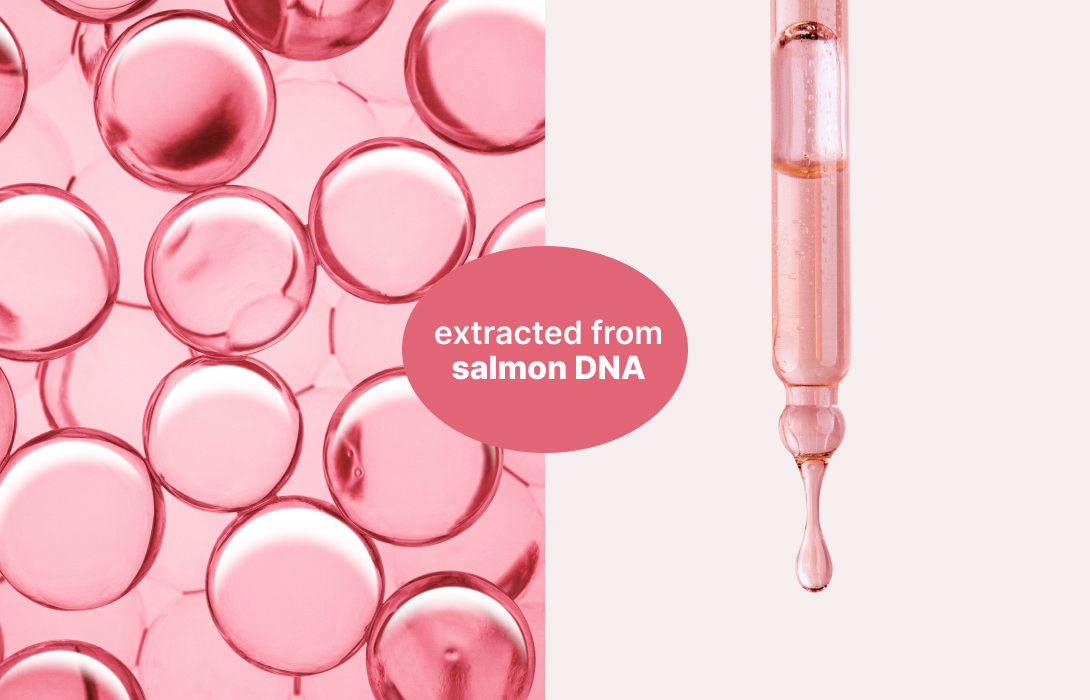
PDRN stands for Polydeoxyribonucleotide, a DNA-derived compound that was originally developed as a prescription drug. Traditionally extracted from salmon sperm DNA (rainbow trout, chum salmon), it’s now making its way into cosmeceuticals—with promising vegan alternatives like fermented ginseng, green tea, and rose extracts (e.g., Medicube's PDRN Pink Peptide Serum) emerging and showing promising regenerative benefits.
Why Is PDRN Gaining Attention?
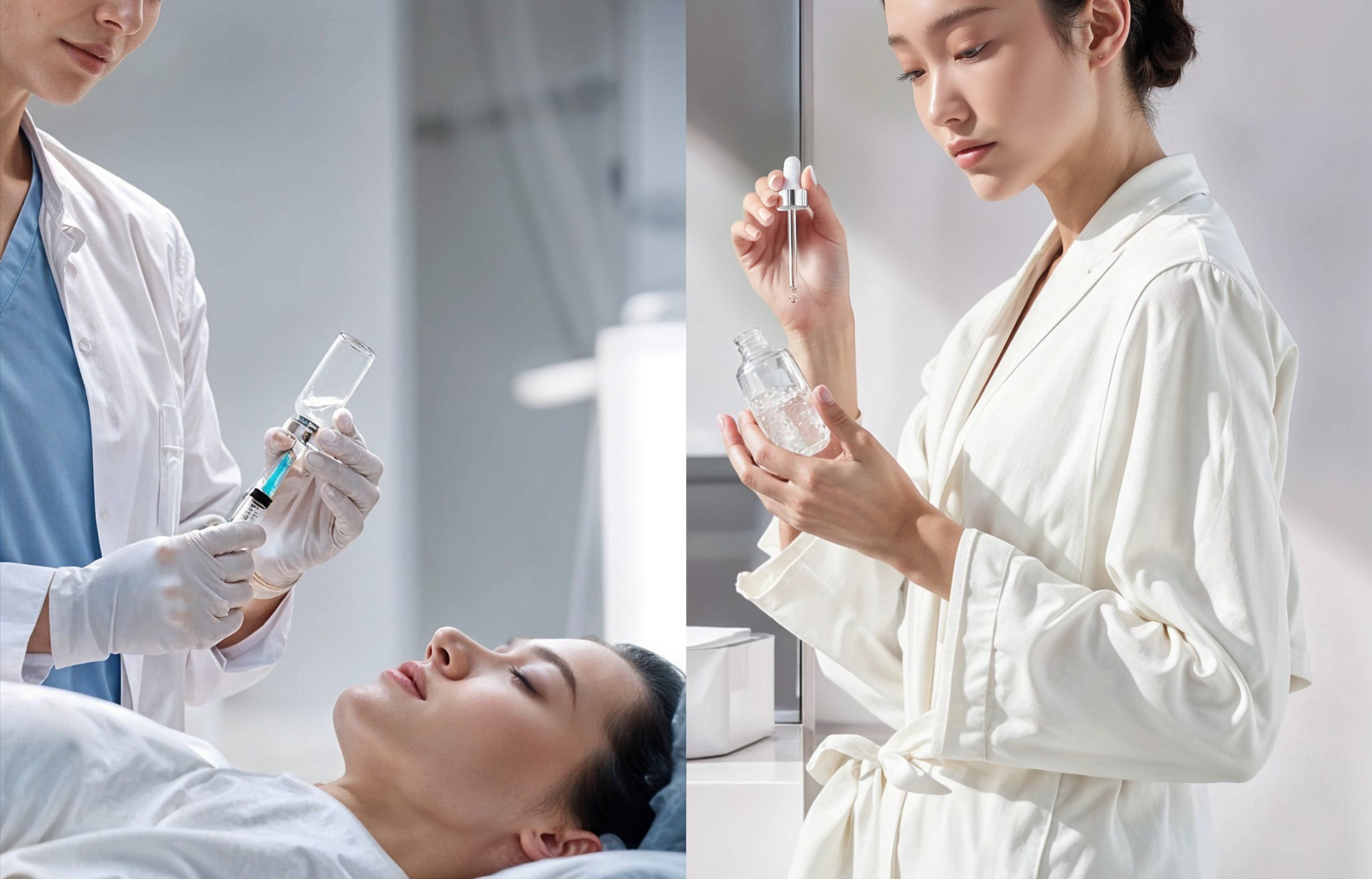
Though still new to many in the beauty world, PDRN has been gaining research interest for years. Studies show its benefits in:
- Wound healing
- Reducing inflammation
- Stimulating collagen
- Improving skin texture and hydration
And it’s not just in labs—Korean dermatologists now regularly use PDRN in injectables and skin boosters to help with scarring, texture, and post-acne healing. Increasingly, it’s showing up in everyday skincare formats like serums, ampoules, toner pads, and recovery creams, making regenerative skincare more accessible to consumers at home.
A Market Full of Opportunity

Globally, PDRN in skincare is still in early stages—but it's growing fast.
Asia-Pacific: PDRN mentions in skincare launches rose from 0.3% to 1.2% year-over-year (Mar 2023–Feb 2025), a 300% increase led by South Korea, with China and Japan following.
North America: In North America, only 11.2% of consumers are aware of PDRN, yet it’s projected to account for 38% of global demand by 2032 (Credence Research, 2025).
Europe: Use is growing in medical spas and clinical skincare sectors.
This means many regions—like the US, UK, Australia, and Canada—still offer a first-mover advantage for brands looking to introduce PDRN into their lines.
More Than a Passing Trend

Unlike ingredients that trend and disappear, PDRN has the science and story to go the distance. It fits right into today’s key skincare trends:
✅ Next-Gen Innovation & Regenerative Beauty:
Consumers are tired of overused ingredients like hyaluronic acid. PDRN offers something new—deep skin renewal with real, regenerative benefit.
✅ Science-First Formulas:
Shoppers want clinically backed ingredients. PDRN’s medical origins give it strong credibility.
✅ Gentle But Powerful:
With low irritation and visible results, PDRN fits the demand for barrier-friendly skincare.
✅ Accessibility Meets Word-of-Mouth:
Now found in at-home products, PDRN’s rise is fueled by TikTok creators showing real before-and-after results.
✅ Sustainability
Vegan and biotech PDRN are making regenerative skincare more ethical and inclusive.
How to Get Started with PDRN Development
The good news? Developing PDRN products doesn’t have to be complicated. With ingredient options ranging from high-dose salmon-derived PDRN to vegan-friendly ferments like Saccharomyces and Lactobacillus, there’s room to tailor both performance and positioning. If you're exploring PDRN for your next product line, explore our PDRN formulas or contact us to discuss a tailored solution.
#PDRN_skincare, #Regenerative_skincare, #KBeauty, #PDRN_development, #salmon_DNA_skincare, #Vegan_PDRN
References
Akaberi, S. M., Sharma, K., Ahmadi-Ashtiani, H. R., & Hedayati, M. (2025). Polydeoxyribonucleotide in skincare and cosmetics: Mechanisms, therapeutic applications, and advancements beyond wound healing and anti-aging. Journal of Skin Stem Cell, 12(1), e159728. https://doi.org/10.5812/jssc-159728 Credence Research. (2025). Polydeoxyribonucleotide (PDRN) market by application – Growth forecast 2025–2032 Fellini, C. W. (2023). Polynucleotides derived from salmon: Potential aesthetic applications and mechanisms of action. International Journal Dental and Medical Sciences Research, 5(4), 476–481. Khan, A., Wang, G., Zhou, F., Gong, L., Zhang, J., Qi, L., & Cui, H. (2022). Polydeoxyribonucleotide: A promising skin anti-aging agent. Chinese Journal of Plastic and Reconstructive Surgery, 4(3), 131–137. https://doi.org/10.1016/j.cjprs.2022.09.015 Mintel GNPD. (2025). PDRN skincare product trend data and ingredient analysis. [Internal report accessed July 2025 via subscription]. Squadrito, F., Bitto, A., Irrera, N., Pizzino, G., Pallio, G., Minutoli, L., & Altavilla, D. (2017). Pharmacological activity and clinical use of PDRN. Frontiers in Pharmacology, 8, 224. https://doi.org/10.3389/fphar.2017.00224
TRENDS&INNOVATION
17
JUL
25
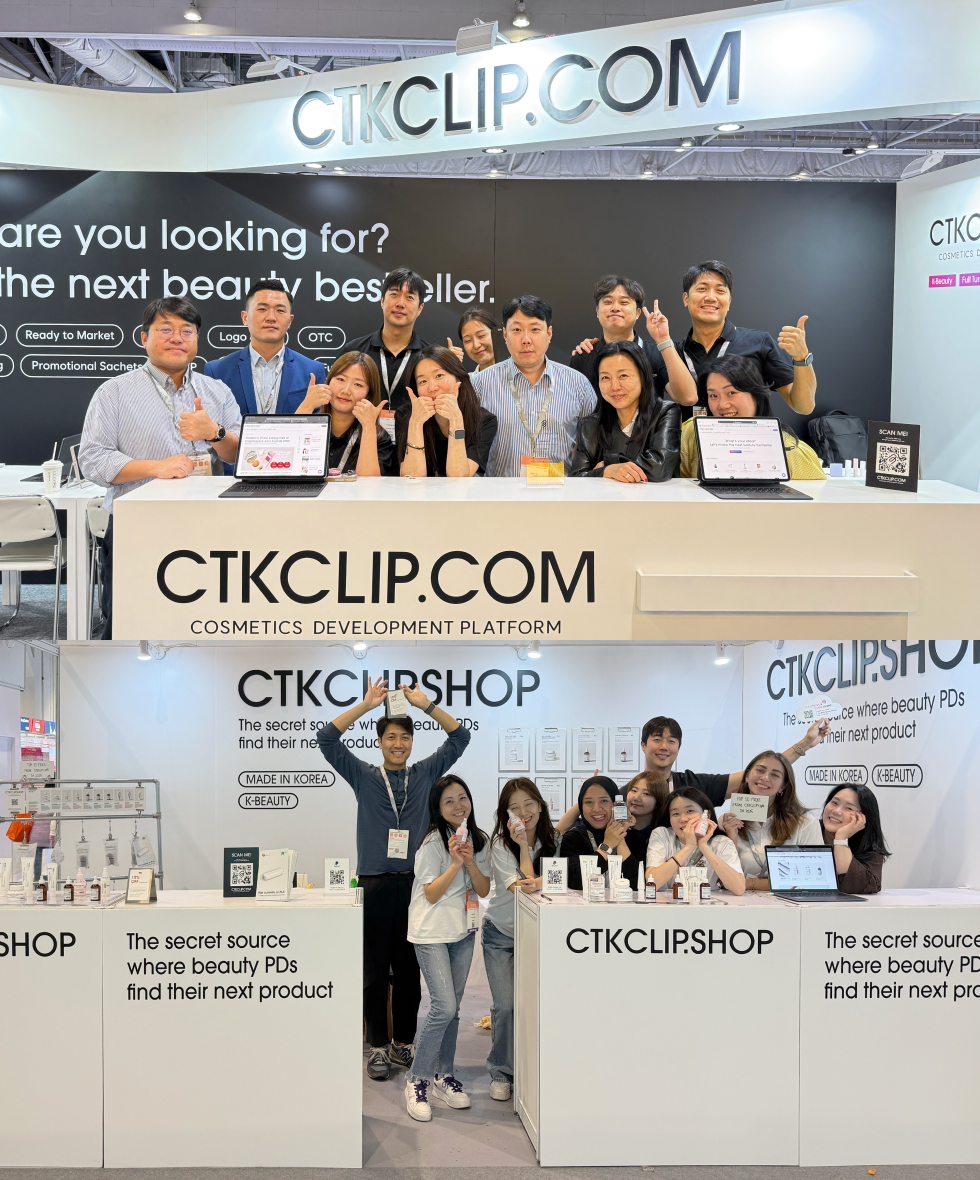
BEHIND CTKCLIP
21 NOV 2025
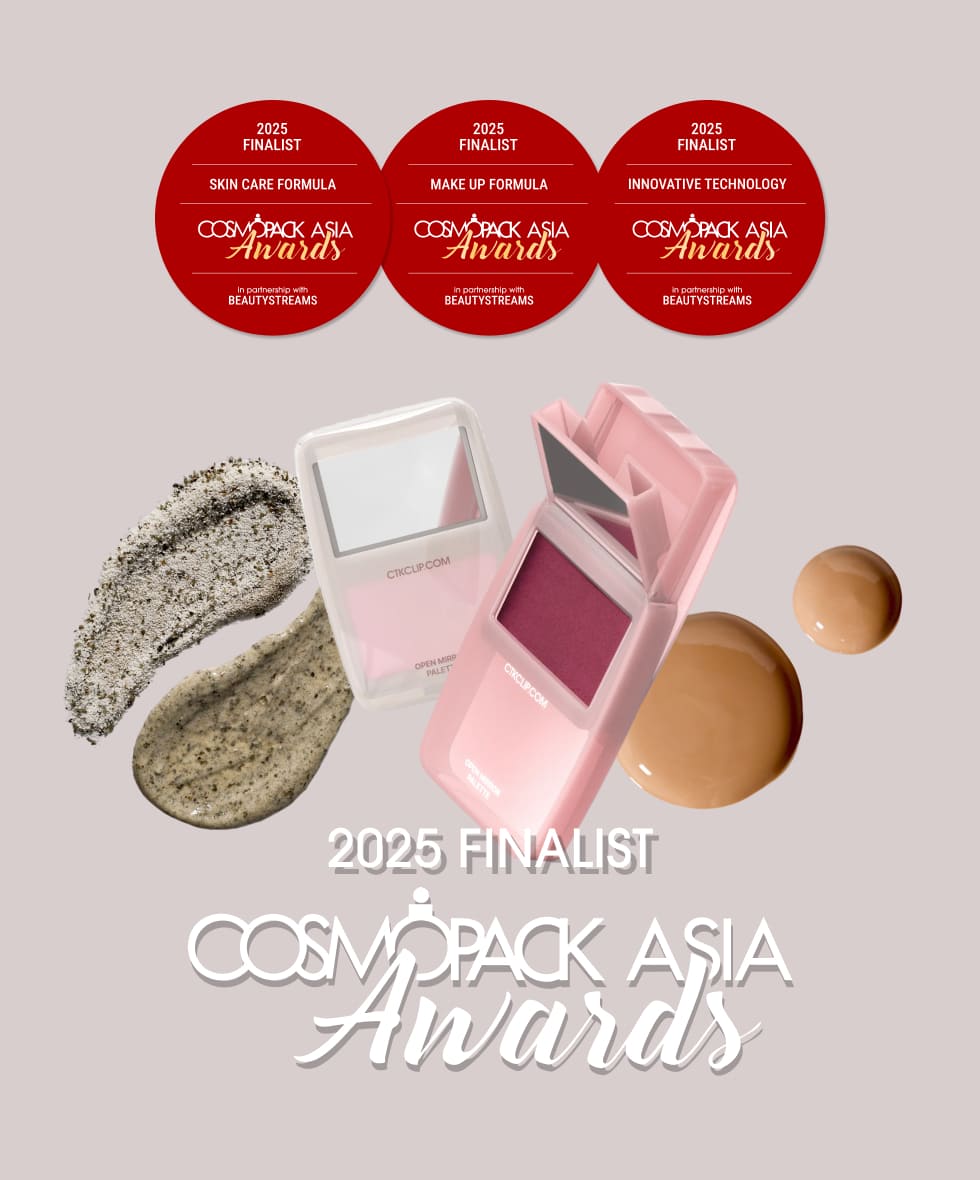
BEHIND CTKCLIP
10 NOV 2025
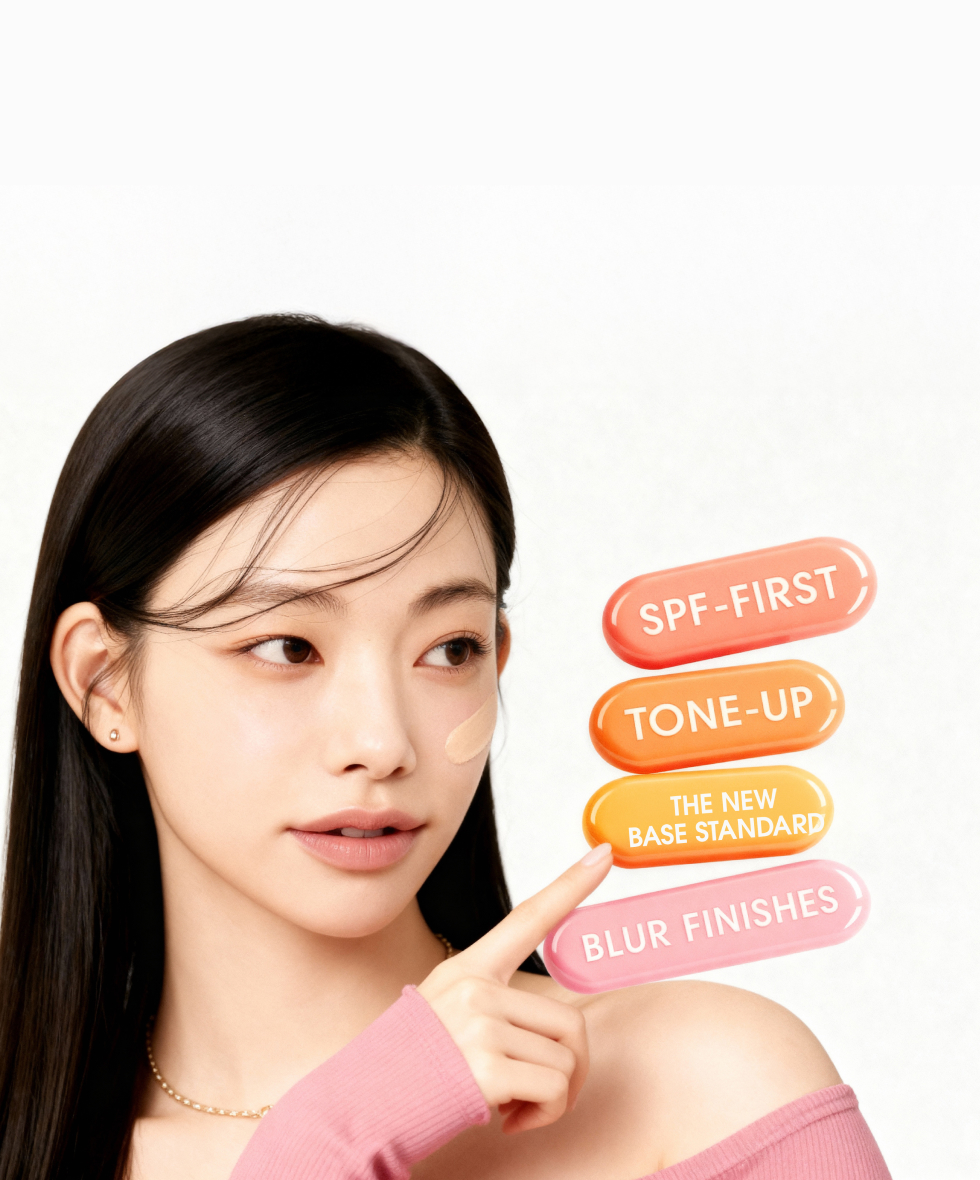
TRENDS&INNOVATION
31 OCT 2025
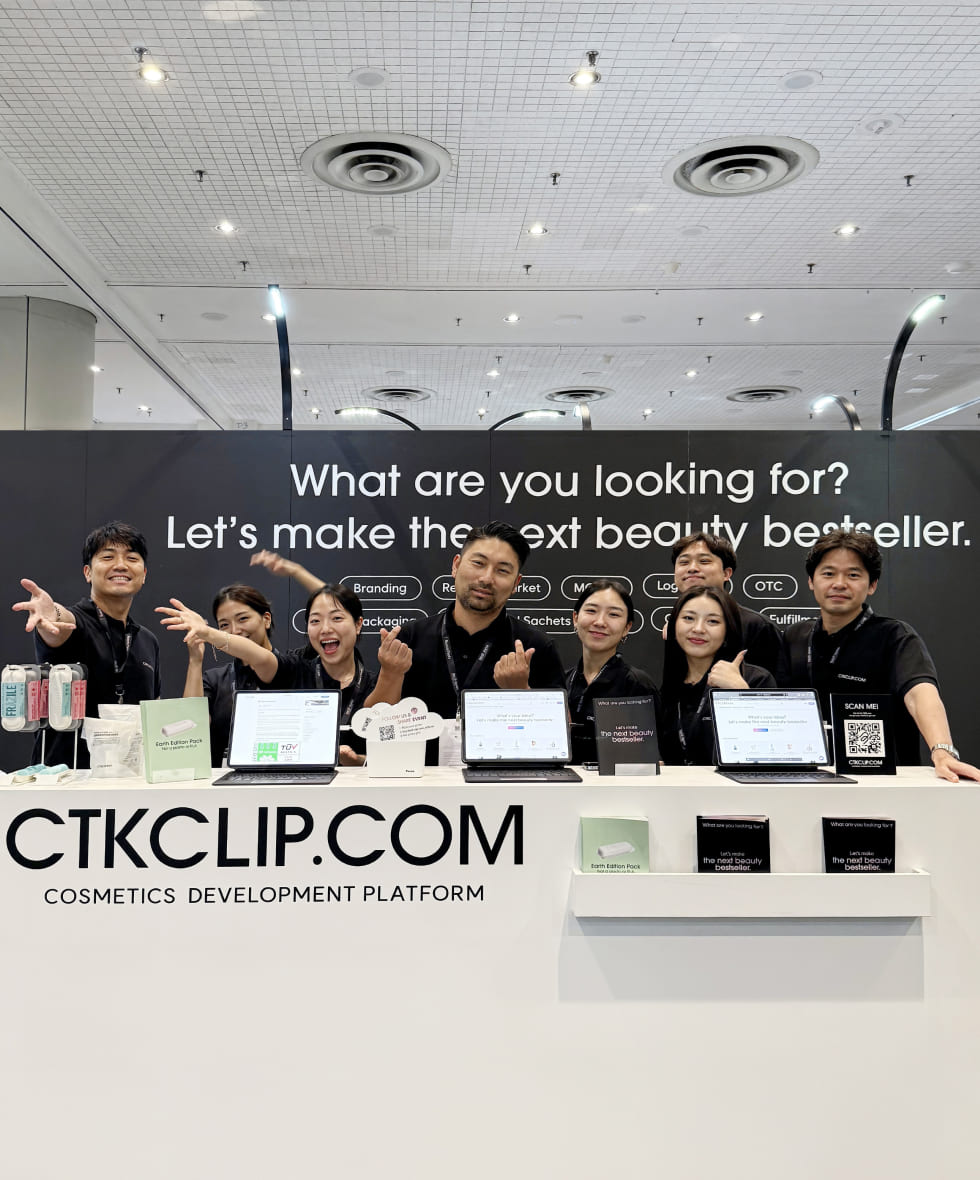
BEHIND CTKCLIP
23 OCT 2025
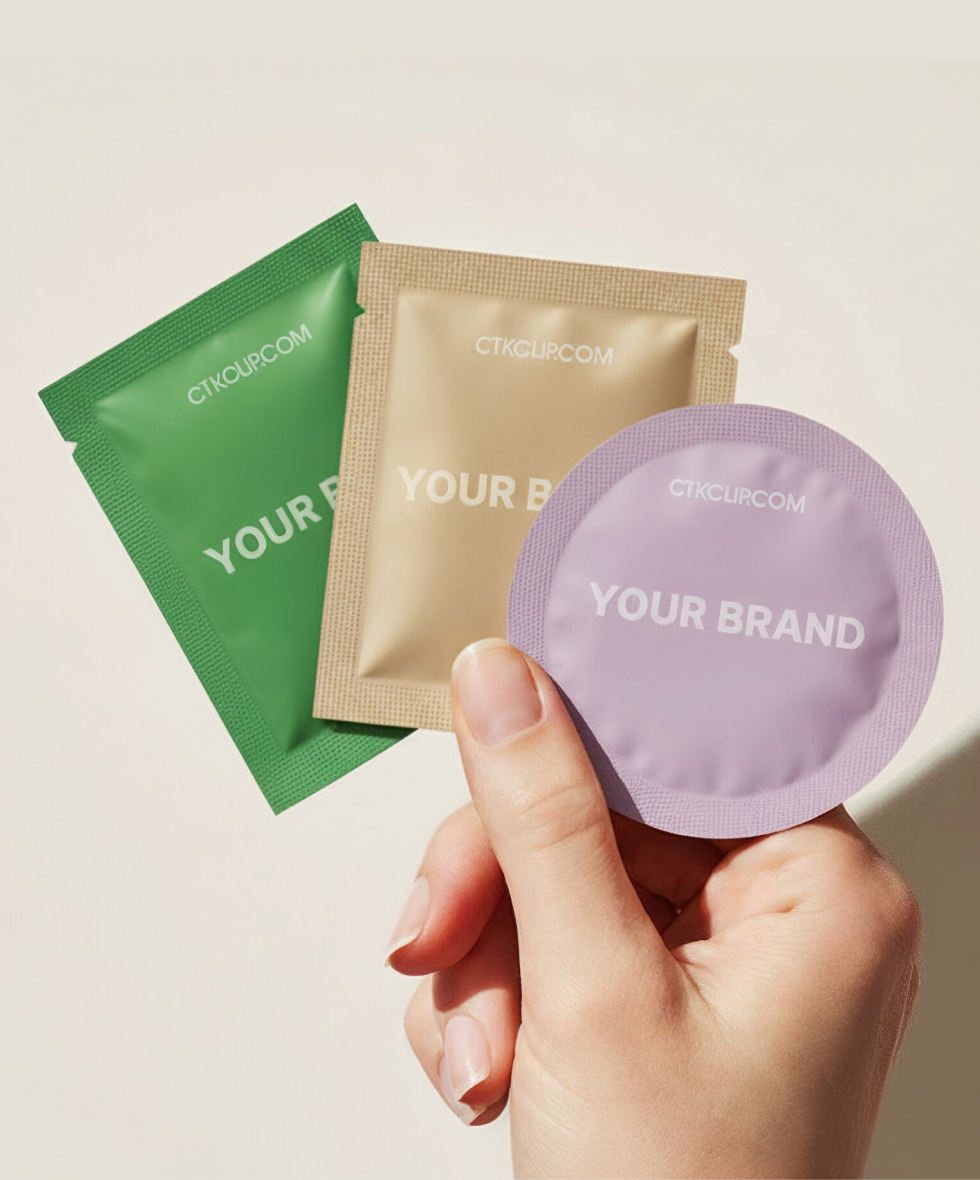
BEAUTY GLOSSARY
21 OCT 2025
Reports may cover any stakeholder involved in unethical behavior within the company. However, matters related to slander that are not based on facts and personal-privacy matters that are not related to work will not be included.
- Deceptive advertising, infringement of intellectual property rights, violation of personal information protection
- Corruption, such as workplace harassment, violation of gender discrimination, embezzlement of company assets, leakage of company intellectual property rights, or unfair use
- Illegal acceptance of money and valuables or unfair acts against partners, collusion with competitors, and fraudulent solicitation of stakeholders
- Manipulation of documents and financial figures, contrary to the interests of shareholders and the company
- Violations of environmental and human rights protection, and breaches of mutual-growth commitments with local communities
- Other violations of ethical management
The informant's personal information and the contents of the report are protected, and no information is disclosed or implied without the informant's consent.
- You may submit your report anonymously.
- However, in the case of anonymous reports, if the content is not specific or the facts are unclear, the investigation may not proceed.
- Violations of informant protection, such as retaliation against informants or providing disadvantages, are strictly punished in accordance with in-house regulations such as employment rules.
- The reporting section is secured through a secure channel, and the reporting investigation is handled confidentially by a designated officer
Collection information: Name and contact information
Purpose of collection: Processing complaints according to reports and replying to the results of processing
Retention period: It is held until the above purpose is achieved, and is not used for any purpose other than confirmation of information.